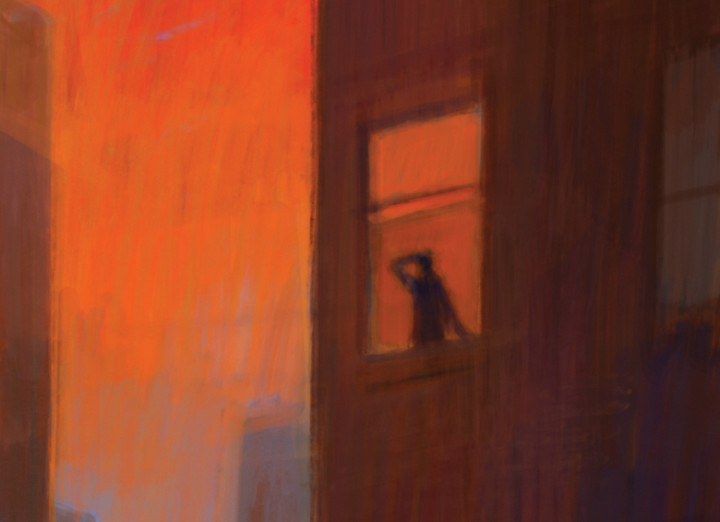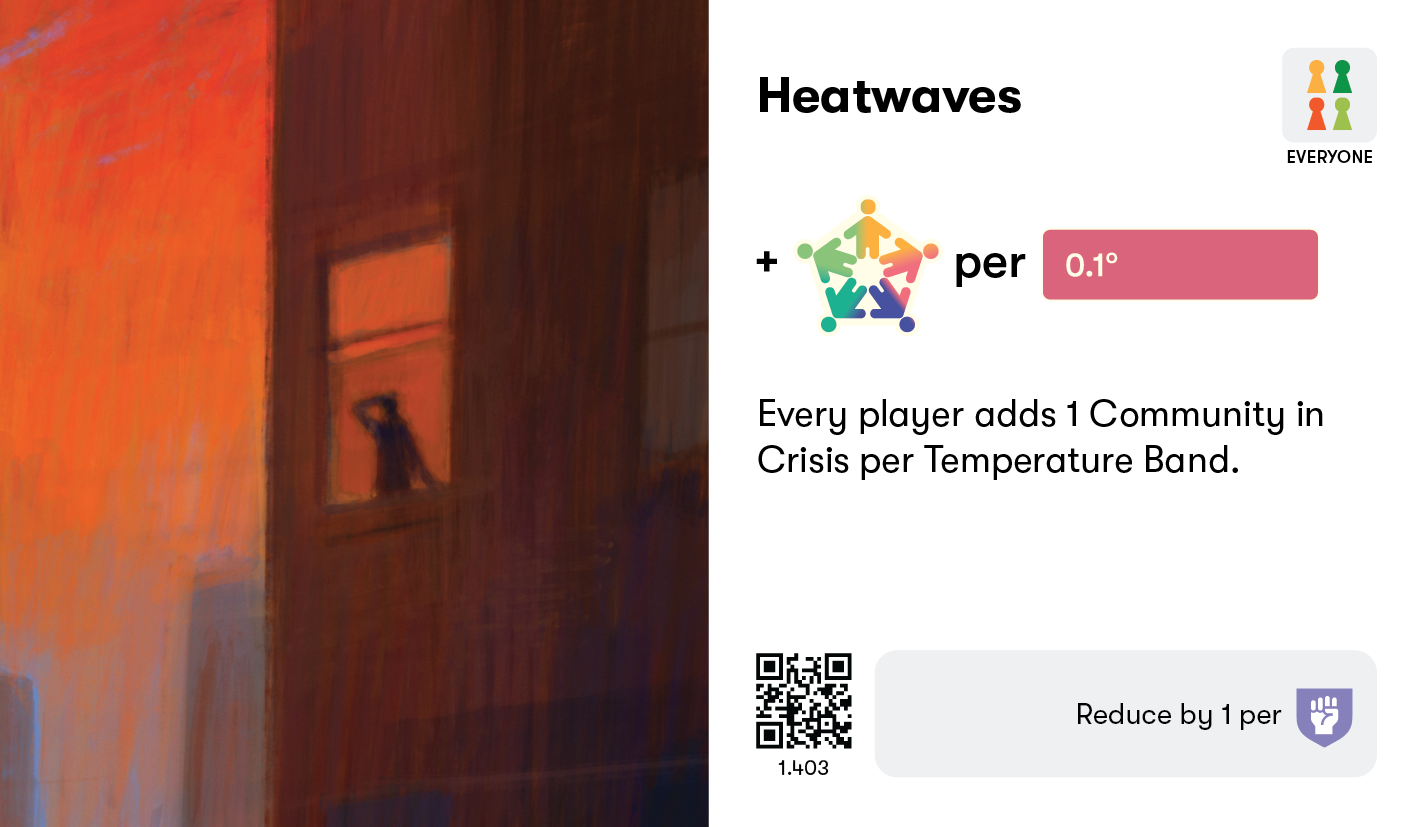Heatwaves
Crisis
Heatwaves are periods of exceptionally hot temperatures occurring over multiple days. There is no universal definition of a heatwave. It is best defined in comparison to what average temperatures are for a particular place. For example, an exceptionally hot temperature in London, for which its buildings and infrastructure are not prepared, might be considered a cool day in Khartoum, so Khartoum’s definition of a heatwave would be set even higher.
Heatwaves are most common during summer seasons, the hottest period of the year. Heatwaves that occur early in the summer season tend to be more deadly because people have not yet had a chance to adjust to warmer summer temperatures. While daytime highs catch the news headlines, warm nighttime temperatures are particularly dangerous because the human body does not have a chance to take a break from the heat. Cities also absorb and re-radiate heat (like a brick oven) in a phenomenon called the urban heat island effect. This can raise already hot temperatures even higher than in rural surroundings. During extreme heat events, critical infrastructure can also fail, including railway lines, healthcare services and electricity networks.
Heatwaves can affect anyone, but those most prone to negative impacts are people with pre-existing heart, lung, and kidney conditions; older people; houseless people; people living with mobility limitations and mental health challenges; infants and those who are socially isolated.
As global temperatures rise, heatwaves are becoming even hotter and they are lasting even longer.
People can protect themselves from heatwaves by resting, drinking water and staying in the shade - and checking on family, friends and neighbors. Spaces can also be designed to reduce heat stress. This can include active cooling, such as air conditioning in a home or cooling shelter; or passive cooling, such as painting roofs white to reflect the sun, planting greenspaces, or increasing tree cover to provide shade. Good water access, with bans on shutoffs due to non-payment, is also critical.
Every player must add 1 Community in Crisis per Temperature Band.
Players can reduce this effect by 1 for each Social Resilience token in their player board.
For example: 5 Temperature Bands – 3 Social Resilience = add 2 Communities in Crisis.
Resilience tokens are not discarded.

Heatwave Guide for Cities (Red Cross Red Crescent Climate Centre)
Building Extreme Heat Resilience (Adrienne Arsht-Rockefeller Foundation Resilience Center)
During extreme heat events remember - rest, water, shade.
Check on family and friends, if they’re showing signs of heat stress, refer them to emergency medical services.
Advocate for heatwave services for marginalized members of your community, such as electricity assistance, or access to free, well-publicized cool spaces.